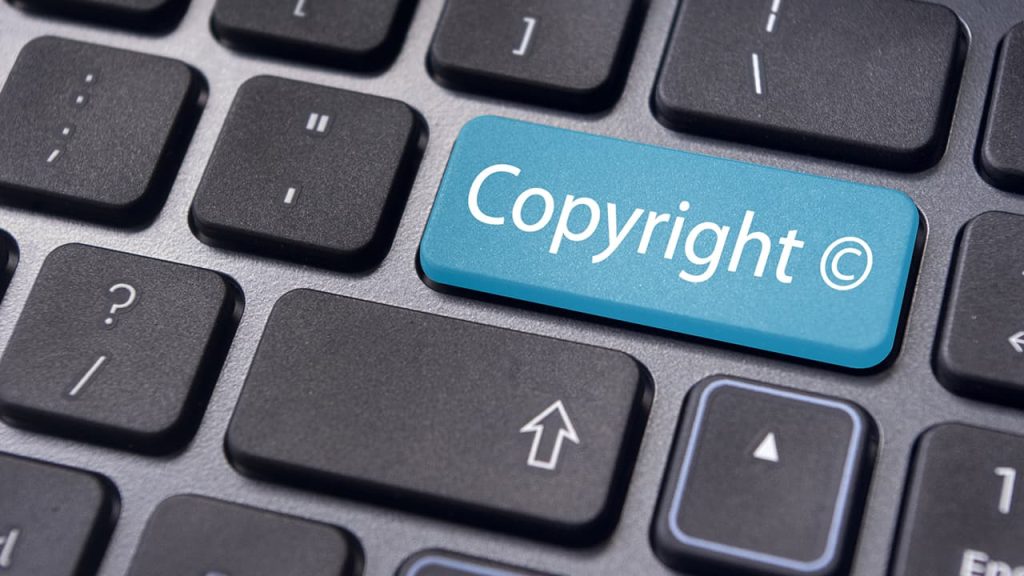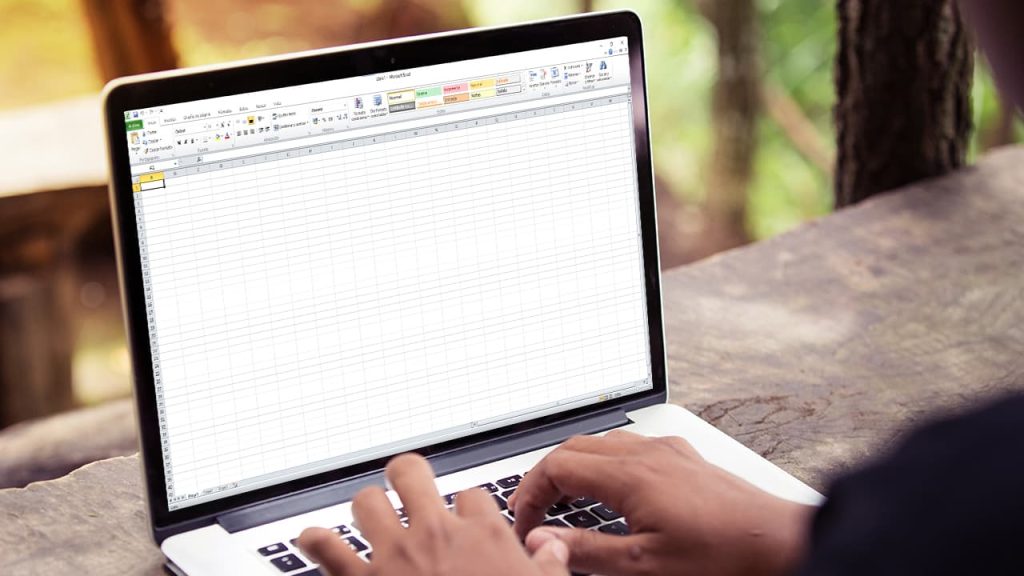
How to avoid plagiarism
If you are writing a work, whether literary, artistic, scientific or technical, one of your concerns may be how to avoid plagiarism. And this can happen in both directions, i.e., because you do not know the style of bibliographic references, you may not cite the author correctly, or you may identify a case of alleged plagiarism of your work.
So that you do not have to find yourself in any of these situations, we give you tips and tools to combat plagiarism.

What is plagiarism?
The first thing you should know is what could be considered plagiarism and what is not. Taking the definition of the Royal Spanish Academy (RAE) as a reference, plagiarizing is “copying the works of others, presenting them as one’s own”. Therefore, plagiarism could occur when someone else’s work is presented as one’s own, when an author’s idea is not cited or when an original sentence is not quoted in quotation marks, to mention some of the most common examples.
There is also the possibility of self-plagiarism, which is when an author presents as something new a work of his or her own that he or she has used before.
Now that you know what plagiarism is, let’s see how to avoid it.
Tips to avoid plagiarism in a paper
There are several very simple procedures, which only require rigor. Here are some tips on how to avoid academic plagiarism.
Organize bibliographical references
The most common thing to do before you start writing is to carry out a previous research phase. That is when you will begin to create your bibliography and it is key that you follow an organization. A good idea to prevent plagiarism is to create a spreadsheet where you will write down all the necessary information for your work, together with the source data. This will make it easier to avoid transcription errors and citing without a clear source.

Quote sentences correctly
There are two ways to use a quotation: quoting a sentence verbatim, or paraphrasing the author’s words. Whichever option you choose, you should keep the following in mind.
Quoting a sentence or paragraph:
To do it the right way you will have to quote the original sentence or paragraph and mention the author and the source with a bibliographic reference.
Remember that quotations must be in quotation marks, with justified text and bibliographic reference. It is also convenient to distinguish the quotation from the rest of the text using elements such as tabulation, italics or, if it is very long, an independent paragraph. In addition, they should be accompanied by an explanation of their own.
Paraphrase the author’s words:
If you consider that it is more convenient to explain an author’s idea in your own words, you can do so without quotation marks in the text (since you would not be including the original sentences). However, it is essential to add the bibliographic reference to recognize the source of information.
To do it correctly you must keep the original meaning of the sentence, but changing it and using your own words. For example, you can summarize the explanation, use synonyms and modify the structure, even the voice (from passive to active or the other way around).
Reference audio-visual material
Images, graphs or tables should also be referenced. To do this, you can include a caption with the source of information. If you have produced the visual material yourself, you should also indicate this and attribute it as your own production.
Choose the biographical style
One of the most frequent doubts is how to reference the author. To do this, you must follow a specific style guide. You can choose from the following:
- ACS. Created by the American Chemical Society for scientific writing in this area.
- Chicago. Published by the University of Chicago to establish writing standards in the humanities, social sciences and sciences.
- IEEE. The style manual of the Institute of Electrical and Electronics Engineers is the most widely used in different engineering disciplines.
- MLA. Published by the American Professional Association for the Study of Language and Literature.
- APA. The American Psychological Association designed this style manual for academic and research papers in the field of psychology, although its use has spread to the social sciences and economics.
- Harvard. Harvard style does not have an official manual as such. It is rather a generic term that arranges bibliographic references by author and year of publication. These standards are widely used in architecture, physics, natural and social sciences.
- ISO 690:2010. The ISO standard of the International Organization for Standardization does not publish a specific style, but indicates several alternative methods. It is common to see its application in law.
- Vancouver. It is the most commonly used in the medical field.
Which style should you choose? As you will see, each area has a preference, although you can always consult with the tutor or director of the project, the journal that publishes, etc. The most important thing is that when you choose a manual you follow it to the letter, without mixing styles.
Use tools to avoid plagiarism
Once you have written your work, before submitting or publishing it, take some time to check if you have overlooked any attribution. To make this task easier, use a plagiarism avoidance site. For example, you can use Turnitin, a plagiarism checking tool that allows you to upload a paper to analyze its originality.

How to avoid plagiarism with Safe Creative
Maybe one day you will detect a suspected plagiarism of your work. Although we hope that this will not happen, we want to save you from future disappointments, so we go ahead and tell you how you can protect your work to publish it with complete peace of mind.
If you have already identified an illicit use of your work, we recommend you to read this other article: “What to do in case of plagiarism“, where we indicate different solutions and the steps you should follow.
In order not to find yourself in this situation, the best thing to do is to take the appropriate measures now. Publishing a work is always hard work, so it is worth protecting it with the tools you have at your disposal.
The quickest and easiest way to prevent plagiarism is to create an internationally valid proof of authorship with a registration date. And you can do this using our 100% online express registration system. All you need to do is log in to your account, or create one if you don’t have one yet, and upload the file of your work by filling in the necessary data. You will then receive an email with the certificate of authorship registration.
Once you have registered your work, it is highly recommended to report it. For example, for a work in physical format, it is enough to include the label with the registration data or the legend of work registered in Safe Creative with the code number. For a work in digital format you can add a link to the public information page. With this simple action you are informing the public that you have taken a series of measures before showing your work, which may deter many plagiarism intentions.
